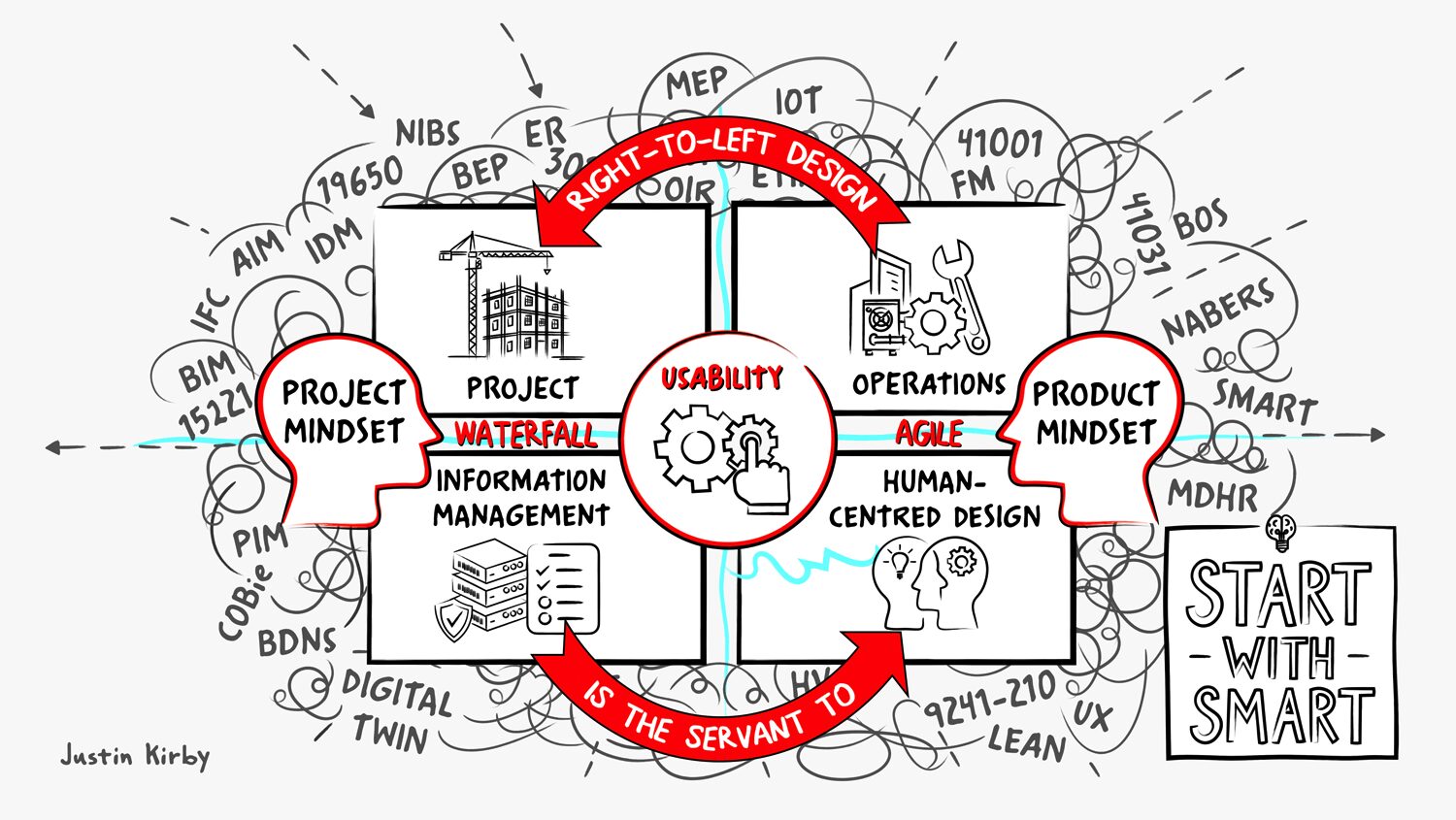
Protecting digital assets and copyright in the era of sharing
The construction industry has moved into an era of rapid information sharing as it has become possible for international teams to design and construct complex projects remotely, using a range of powerful cloud-hosting platforms.

The ability to share building information modelling (BIM) models in the blink of an eye has been gamechanging in terms of collaboration. However, if we consider these models to be databases of months of work containing thousands of unique design ideas, then how do we protect these digital assets and retain our intellectual property and copyright in the new era of sharing?
This is an evolving conundrum for the construction industry and it’s particularly tricky to strike a balance between openness and protection when it comes to our BIM and digital assets. Here are five practical tips and learning points on how we can maintain design ownership while minimising risk:
1. The construction industry is now fully embedded in an ecosystem of digital tools. While this allows the rapid development of projects using parametric tools and automation, it also requires a level of organised information management to ensure security, veracity and protection of project information.
2. Architects depend on sharing originator model information with the wider design team to enable project coordination. We work in partnership with our consultants to develop complex projects which can often include hundreds of different models combined to create project deliverables (ie views, drawings, schedules and other project data).
3. Originator model data must be carefully controlled to prevent use for purposes which have not been contractually agreed across the team and with the client or contractor teams. Common risks are that models that could take months to produce, and contain a lot of intellectual property, are shared freely with third parties on the project and later used in an unrestricted way.
4. Scott Brownrigg has been working with RIBA Technical teams and The Wren Insurance Association to develop new guidelines for safer information sharing, taking into account new ways of working, including Autodesk Construction Cloud and other types of ‘live’ cloud collaboration sites, where models are shared with large consultant, contractor and subcontractor teams.
5. Wider industry upskilling and knowledge sharing is required to educate project teams and clients to better understand intellectual property rights and data protection rights connected to construction model information. This affects all parts of the industry and consultants, as well as suppliers, and can significantly improve the protection of BIM originator data.
Keep up to date with DC+: sign up for the midweek newsletter.



